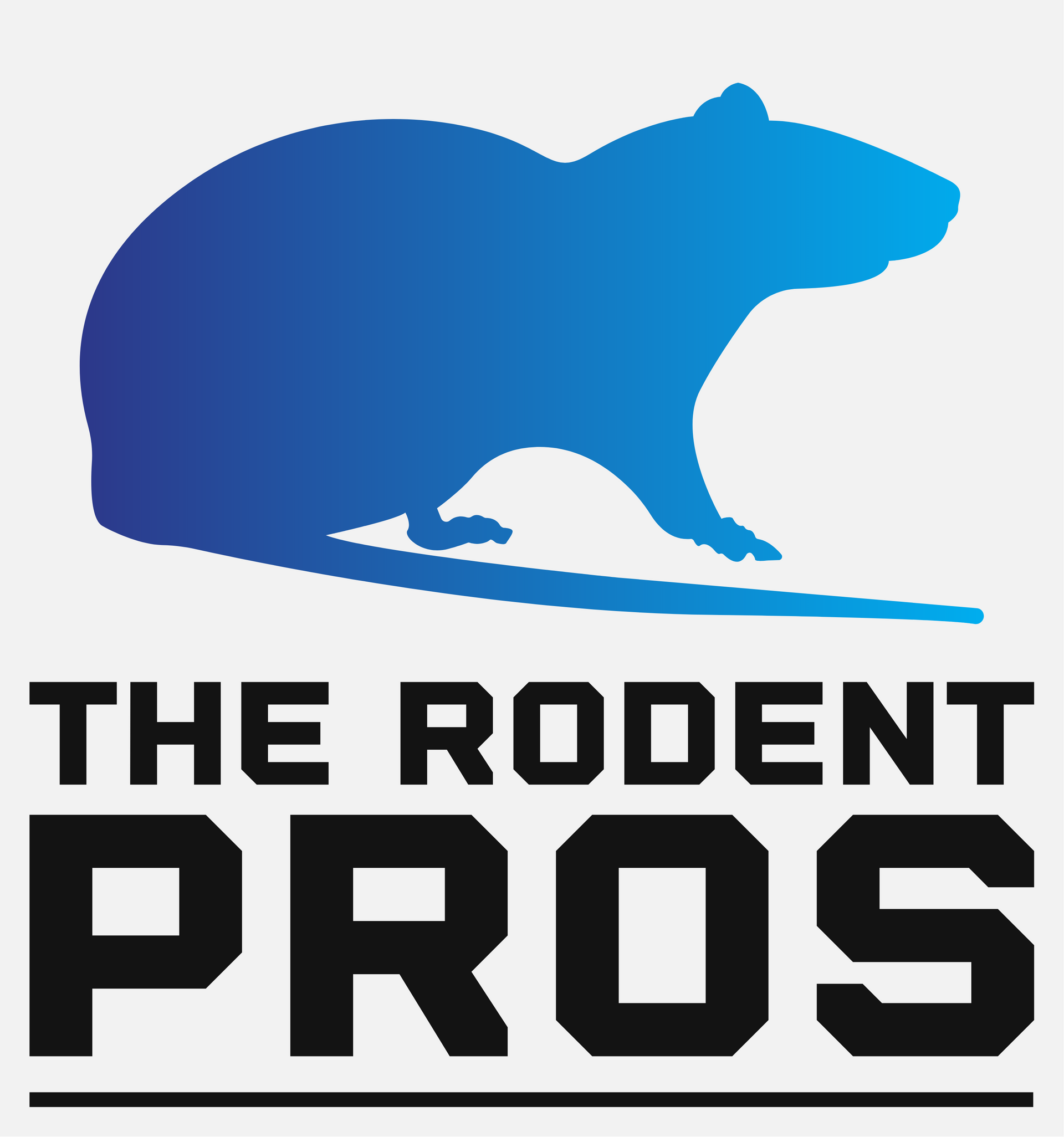
Rodent Control In Seminole Heights
The Rodent Pros Offer rodent trapping, rodent removal, rodent exclusion, rodent sanitation and rodent remediation services Seminole Heights and to all cities within a 50 miles radius of Tampa Florida.
To Call and schedule a free inspection click here
Seminole Heights, a historic neighborhood in Tampa, Florida, has been grappling with a persistent rodent problem that has significantly impacted the community. The issue has been exacerbated by various factors including aging infrastructure, climate, and human behavior. In recent years, residents have reported increased sightings of rodents in their homes, yards, and public spaces, leading to concerns about health and sanitation. The situation has prompted community meetings, local government interventions, and individual efforts to address the infestation.
One of the primary reasons for the rodent problem in Seminole Heights is the neighborhood's aging infrastructure. Many homes and buildings in the area are older, with cracks and crevices that provide easy entry points for rodents. Additionally, older sewer systems and drainage infrastructure can be prime habitats for rats, allowing them to thrive and move freely through the area. The dense vegetation and mature trees in the neighborhood also offer abundant shelter and food sources, making it an ideal environment for rodents to flourish.
Climate plays a significant role in the rodent infestation in Seminole Heights. Tampa's warm and humid climate provides a conducive environment for rodents to breed and survive year-round. Unlike regions with harsh winters that naturally control rodent populations, Florida's mild winters mean that rodents can remain active and continue reproducing without seasonal interruption. This constant breeding cycle can quickly escalate the rodent population if not effectively managed.
Human behavior and urban development have also contributed to the rodent problem. Improper waste management practices, such as overflowing garbage bins and the presence of food scraps, attract rodents. The growth of urban gardens and composting efforts, while environmentally beneficial, can inadvertently provide additional food sources for these pests. Construction and development projects can disrupt natural rodent habitats, pushing them into residential areas as they seek new shelter.
The health implications of a rodent infestation are significant. Rodents are known carriers of various diseases, such as leptospirosis, hantavirus, and salmonella, which can be transmitted to humans through direct contact or contaminated food and surfaces. The presence of rodents can also exacerbate asthma and allergies, particularly in children and vulnerable populations. These health risks underscore the importance of addressing the rodent problem promptly and effectively.
Efforts to control the rodent population in Seminole Heights have included community initiatives and government interventions. Residents have been encouraged to take preventive measures, such as sealing entry points in homes, maintaining cleanliness, and properly storing food and waste. The local government has implemented increased pest control measures, including baiting and trapping programs, and has worked on improving waste management systems. Community education campaigns aim to raise awareness about the importance of proactive measures in reducing rodent habitats and food sources.
In conclusion, the rodent problem in Seminole Heights is a multifaceted issue driven by aging infrastructure, climate, human behavior, and urban development. The health risks associated with rodent infestations highlight the need for comprehensive and sustained efforts to manage and reduce the rodent population. Through a combination of community action, government intervention, and individual responsibility, Seminole Heights can work towards mitigating the rodent problem and ensuring a healthier environment for its residents.

